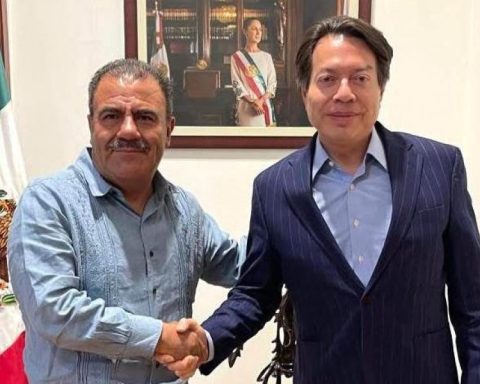“The University of Chapingo analyzed the deductions presented by the multiple banking institutions to the SAT and those reported to the National Banking and Securities Commission (CNBV), evaluating the efficiency in the collection of credits, estimating a possible evasion of the sector from deductions for uncollectible credit losses”, explained the SAT in a statement.
On the other hand, the UAC carried out the study Evasion in the mining sector, in which he analyzed the possible evasion of income tax (ISR) for an amount of around 19,000 million pesos, which represents 89% of the total collection (21,000 million pesos) of the sector; excluding oil and gas extraction, between 2016 and 2019.
Possible evasion was detected “when mining companies disguise investments in extraction as an expense or reclassify it, in order to increase their deductions and thereby pay less taxes,” the tax authority said in the statement.
According to the study, the subsectors identified with the greatest possible evasions were: extraction of silver, lead, zinc and iron, which together reached 70% of the estimated evasion.
“From both studies, analysis tools emerge that allow the SAT to have mechanisms for timely detection of possible evaders and thus increase collection, reduce tax evasion and avoidance, and combat corruption,” the statement said.
The SAT does not mention any company in its document.











